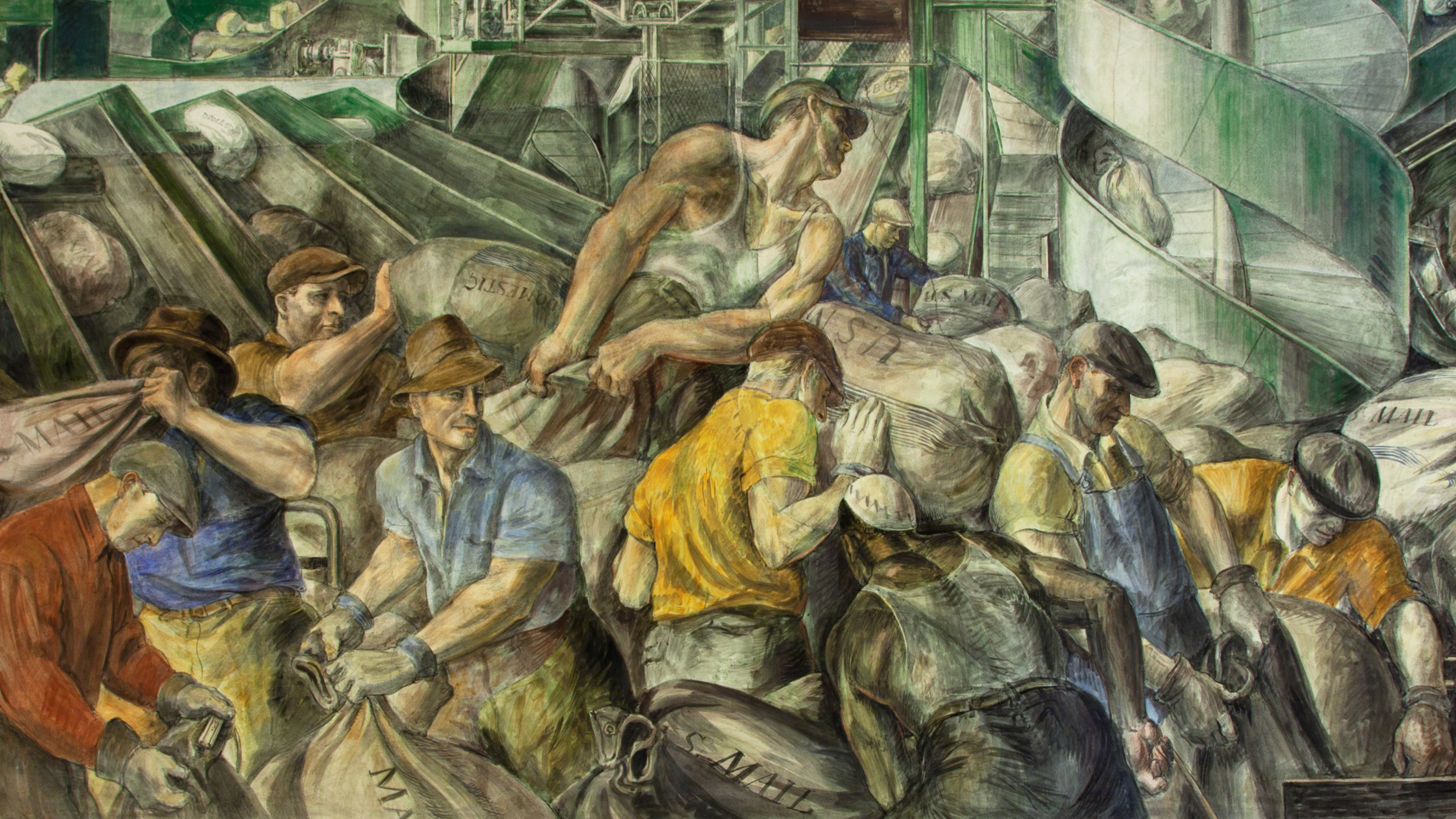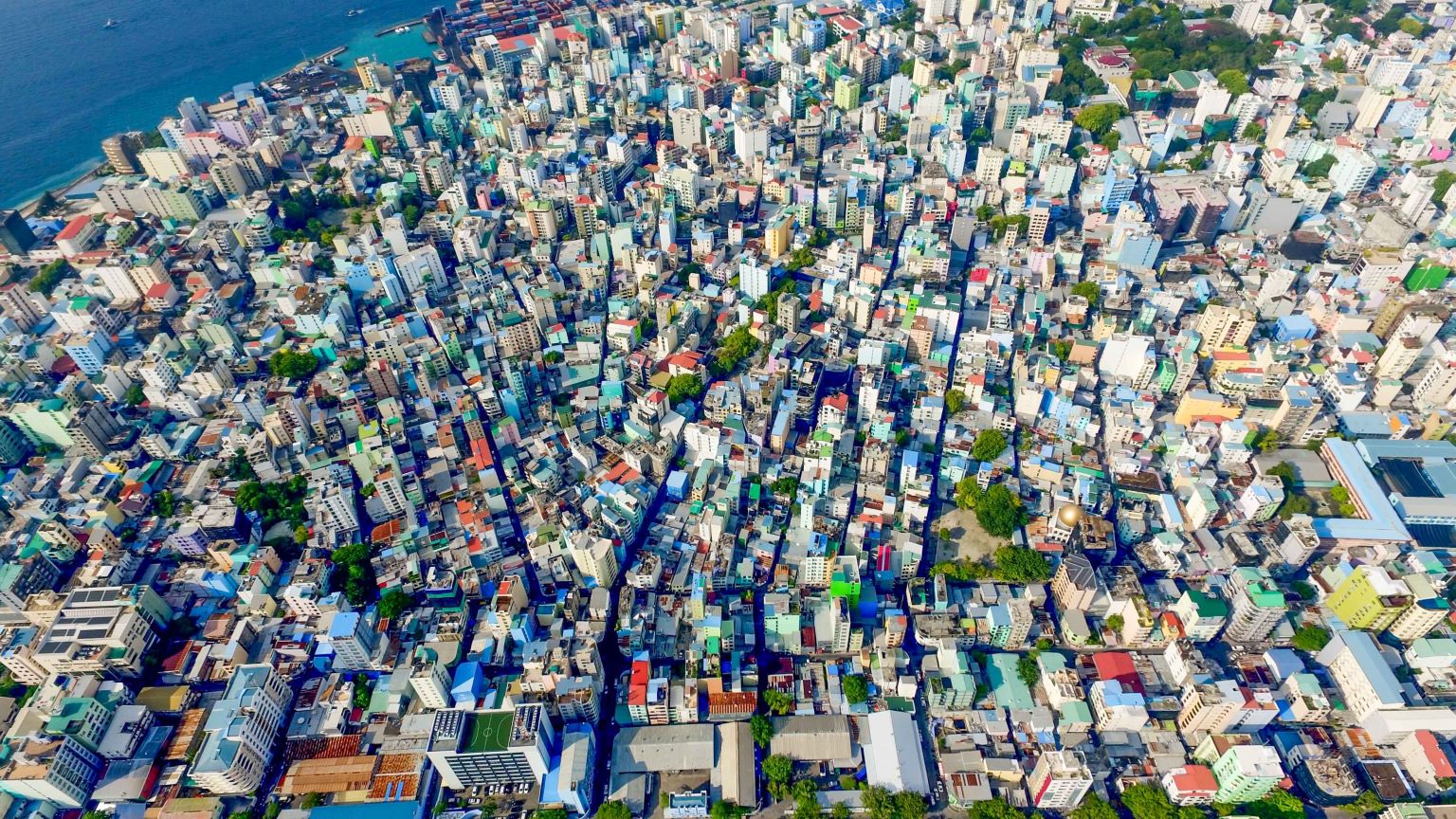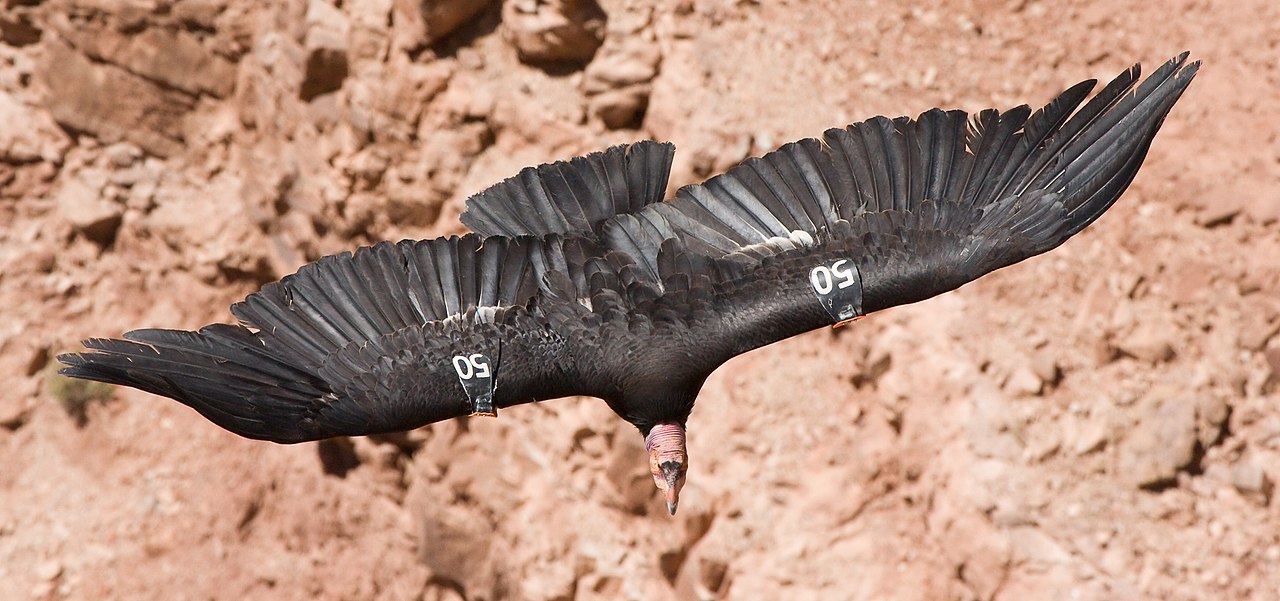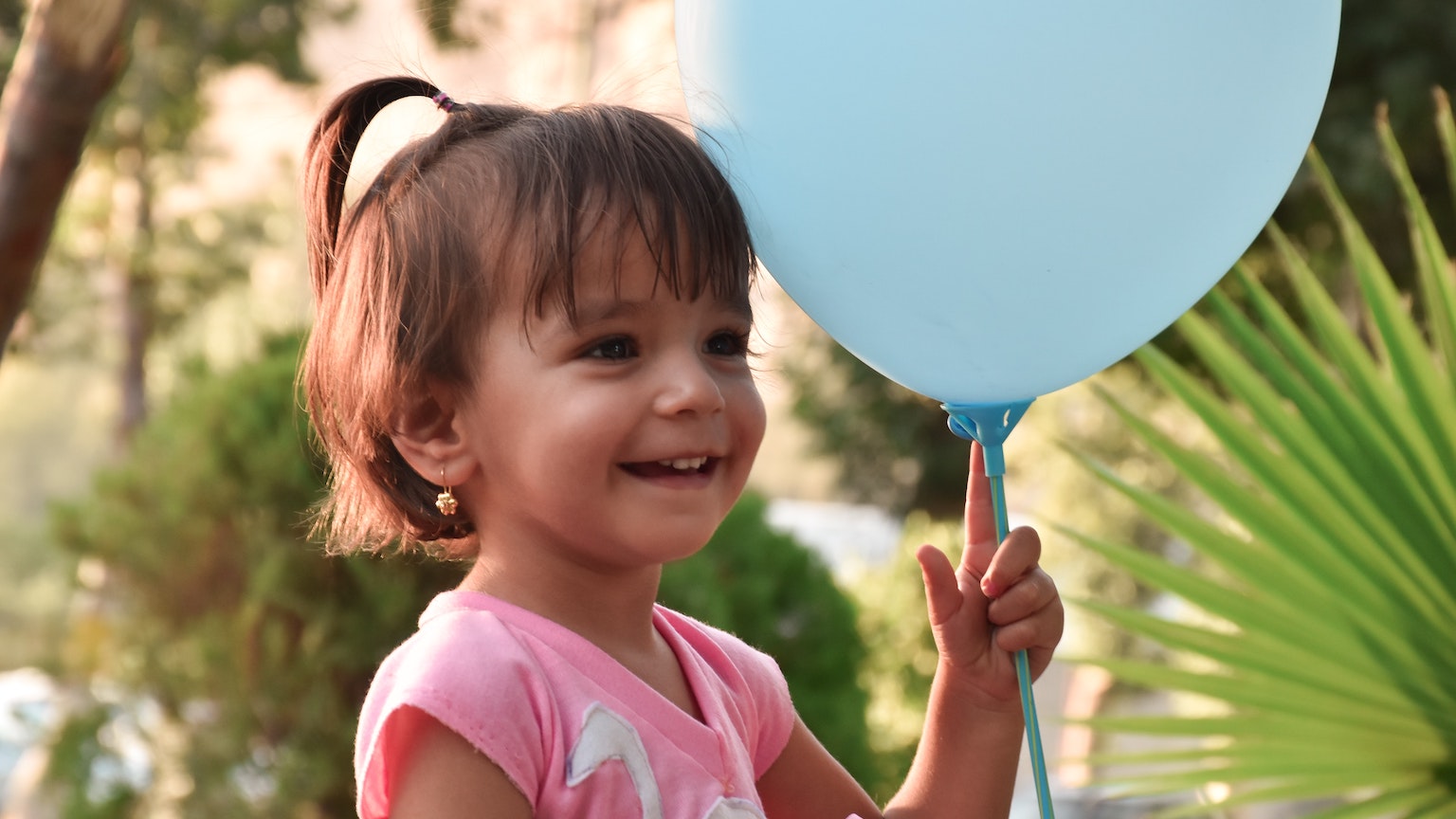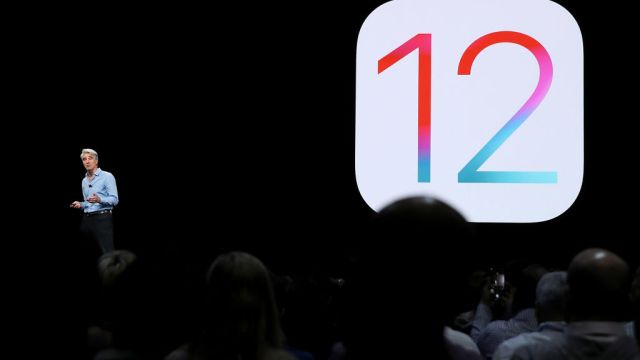At current birth rates, the Japanese population will disappear by 2500

The Japanese population is shrinking faster than any other country. The United Nations estimates that it will go from 127 million people today down to 85 million people by the year 2100, while the Japanese Statistics Bureau is saying that slide will go from 127 million to 100 million. At this rate, by the year 2500, there will be nobody left.
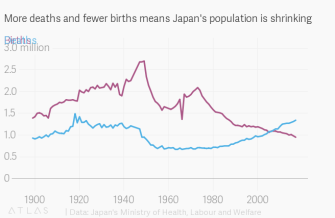
As outlined in Quartz, Japan is made up of “aging baby boomers and young adults who don’t want to have kids.”
The median age in Japan also skews to older folks, and Japan is at the top of the list of countries by median age, at 46.3 years old. This will get even higher as fewer children are born there.
In fact, only 946,000 babies were born in Japan in 2017, which is the fewest since statistics were first recorded in 1899. Where the trend starts to become clear is that at the same time, 1,340,433 people died in the same year.
That’s 400,000 fewer people born in 2017 than the number who died.
The precipitous decline is directly tied to birth rates; the average Japanese woman had 2.07 kids in the 1970s, and that’s now at 1.43.
Why? Quite simply, Japanese adults don’t want to have children.

Some of the social costs of this decline:
- There are far fewer young people to care for the elderly, which means many of them die alone.
- Part of the reason young people are not trying to have kids? To stay ahead of the economic game by working as much as possible. Sometimes, this turns into “karoshi”—death by overwork.
- Almost 27% of Japanese adults are over the age of 65, and the country has the highest rate of centenarians—people over the age of 100—of any country, at 4.8 per 100,000 people. The social and economic cost of that is still being weighed, but it is very real.
